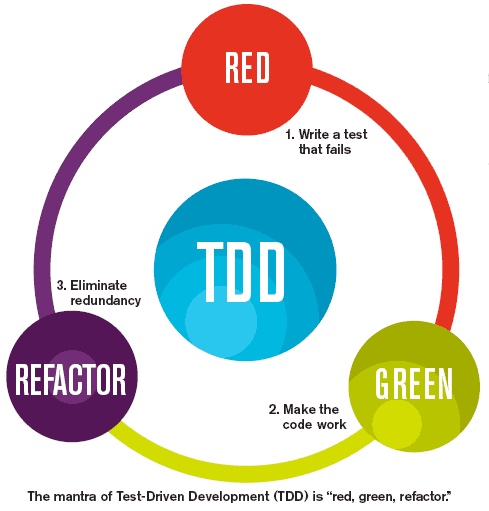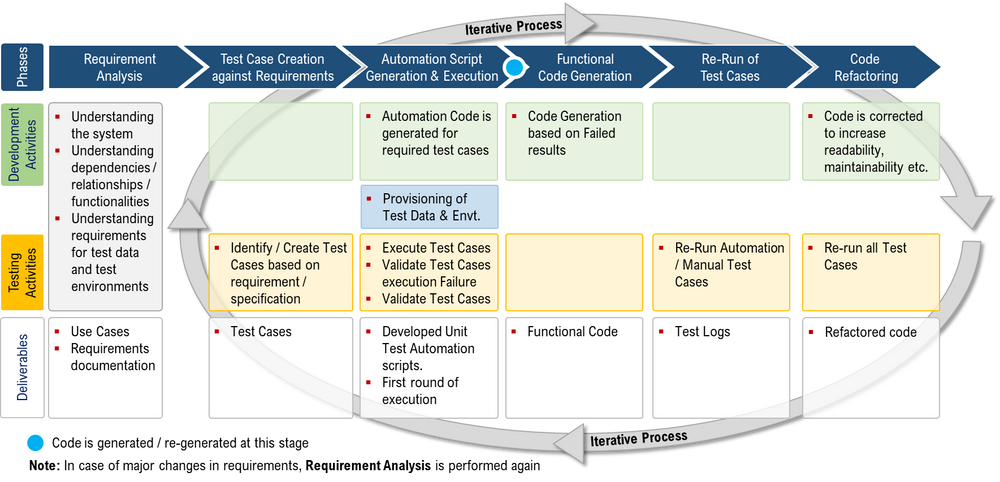Introduction
Test-Driven Development (TDD) is a software development approach that promotes the creation of test cases before writing the actual code. This practice ensures that the code is correct, robust, and maintainable. TDD is based on the principle of writing tests first, followed by writing the minimum amount of code to pass the tests, and finally refactoring the code to improve its quality.
TDD software development process relies on the short development cycle based on tests as main development driver:
requirements are turned into very specific test cases (RED);
then developer implements minimal piece of software to make them pass (GREEN);
design of solution is improved while behavior is controlled with existing tests (REFACTOR).

This process is opposed to regular software development approach that allows adding code changes that is not proven to meet requirements. As a result of using TDD developers get fast feedback on small code changes, more trust to the code written, improved focus on really needed functionality, requirements driven implementation, more testable solution, clean and maintainable code.
Methodology

Test Driven Development is a valuable approach for improving the quality and maintainability of software projects. By adopting TDD, software development teams can reduce the occurrence of defects, increase development speed, and enhance collaboration. Implementing TDD requires commitment and discipline, but the benefits are well worth the effort.
Adoption expectations
| Maturity | MVP |
|---|---|
Everyone on the team understands the TDD approach and specifics |
+ |
Everyone on the team can write TDD |
+ |
Everyone on the team follows TDD |
+ |
Tools
| Functionality | Tool Name |
|---|---|
Version Control System |
Git |
Version Control Collaboration |
Azure DevOps Repo, Bitbucket |
Automated Unit Test Framework and Environment |
Depends on the programing language and technology
|
Roles
| Name | Responsibilities |
|---|---|
Scrum Master/Team Coach |
Coach and support usage of Test-Driven Development |
Developer |
Adopt practices to develop new changes in a small easy to implement and test steps |
Build Engineer |
Integrate automated quality gates and deployment process |
Quality Engineers |
Scenario identification & review, write failing unit test cases, collaborate with Developers to identify pain areas, requirement for test data & test environments.
|








